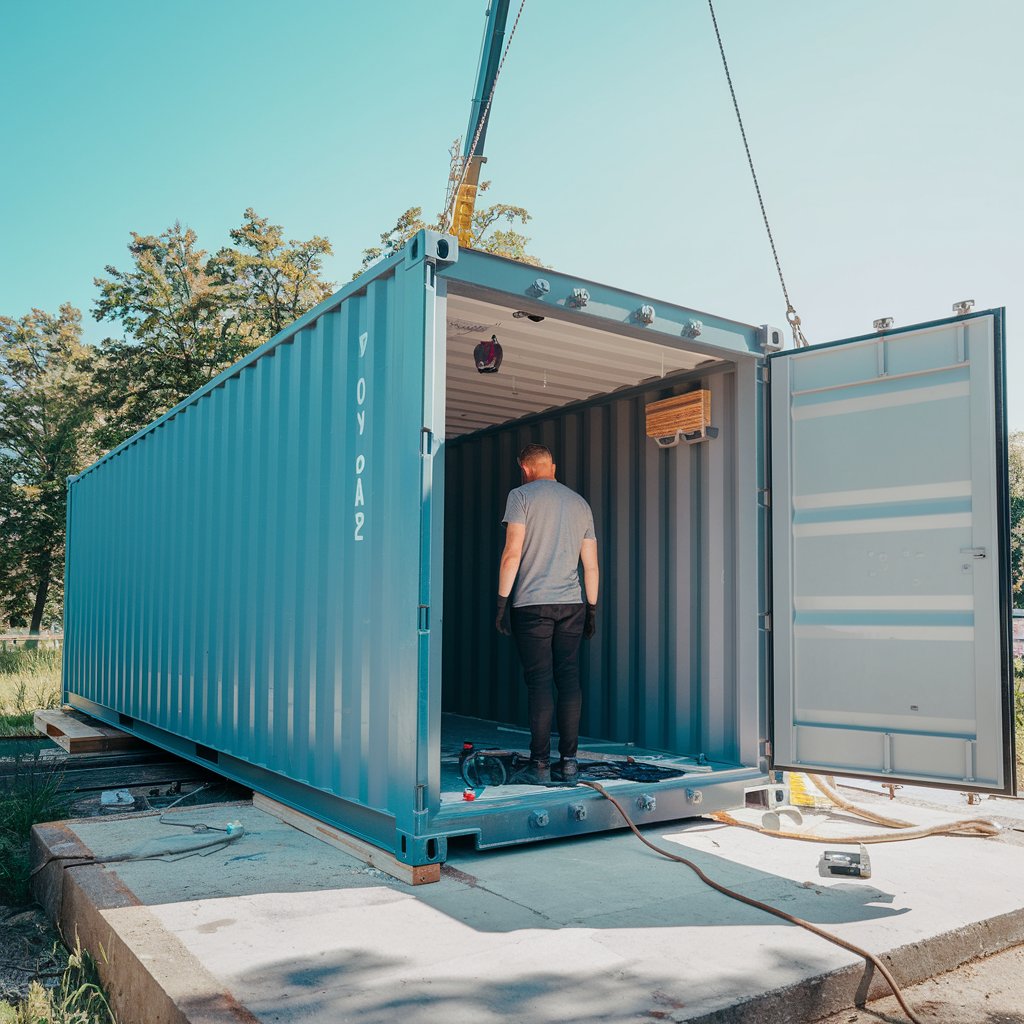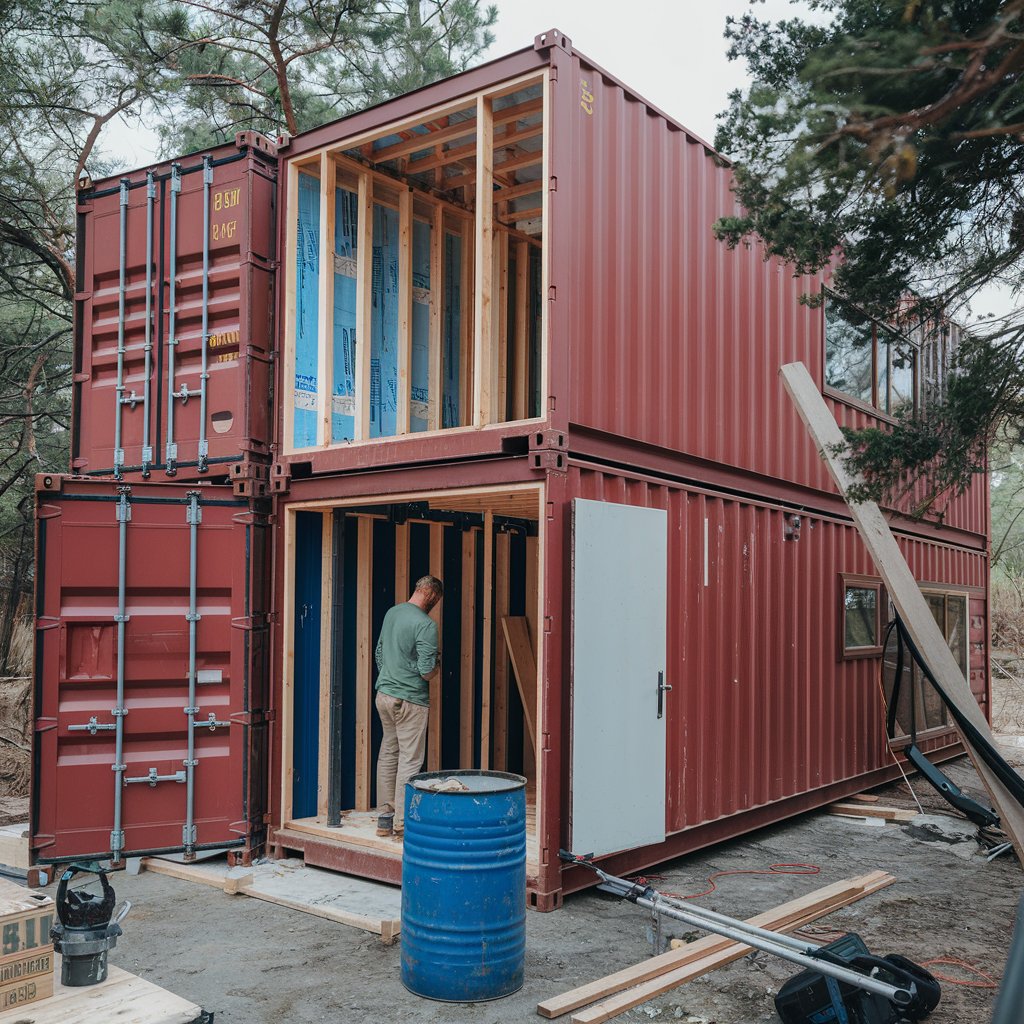Shipping container homes have become a popular choice for people looking to build unique and affordable housing. These homes offer a blend of sustainability, affordability, and style that appeals to many homeowners. Building a container home requires careful planning and consideration.
Before starting a build your shipping container home project, it’s important to ask yourself some key questions. Taking the time to think through these questions can help you avoid problems and make your container home project more successful. The right questions will guide your planning process and ensure you’re prepared for the challenges ahead.

1) What foundation will support your container home?
Choosing the right foundation is crucial for a shipping container home. The foundation provides stability and protects against ground moisture and shifting soil.
There are three main types of foundations for container homes: temporary, semi-permanent, and permanent. Each type has its own benefits and drawbacks.
Temporary foundations are quick and cost-effective. They work well for short-term projects or homes that may need to be moved.
Semi-permanent foundations offer more stability than temporary ones. They’re a good middle ground for those who want some flexibility but also need a sturdy base.
Permanent foundations are the most durable option. They’re ideal for long-term homes and provide the best protection against environmental factors.
One popular permanent option is a slab foundation. This is a thick layer of concrete poured directly on the ground. It creates a solid, uniform base for the container home.
Another option is a pier foundation. This uses vertical supports to elevate the container off the ground. It’s good for uneven terrain or areas prone to flooding.
The best foundation choice depends on factors like local climate, soil type, and building codes. It’s important to consult with a professional to determine the most suitable option for a specific container home project.
2) How will you insulate the containers effectively?
Insulating shipping containers is crucial for creating a comfortable living space. There are several effective methods to consider.
Spray foam insulation is a popular choice. It can be applied to both interior and exterior walls, filling gaps and cracks for excellent coverage.
Rigid foam insulation panels offer a cost-effective solution. These panels are easy to install by gluing them directly to the container walls.
For those seeking an eco-friendly option, denim insulation provides good thermal performance. It’s made from recycled jeans and is safe to handle.
Cork insulation is another sustainable choice. It offers natural moisture resistance and sound dampening properties.
Don’t forget about floor insulation. Installing rigid foam or mineral wool under the container prevents heat loss through the ground.
The cost of insulation varies based on materials and container size. A 20-foot container typically starts around $2,000 for insulation, while a 40-foot container may cost about $4,000.
When choosing an insulation method, consider factors like climate, budget, and desired energy efficiency. Proper insulation ensures a comfortable and energy-efficient shipping container home.

3) What zoning restrictions apply to container homes in your area?
Zoning restrictions for container homes can vary greatly depending on location. It’s crucial to check with local authorities about specific rules that may affect your project.
Many areas have zoning classifications that determine what types of structures are allowed. Some places may not permit container homes at all, while others have embraced them.
Key questions to ask include whether container housing is allowed in your area and if there are any special permits required. Some regions may have restrictions on the size, placement, or appearance of container homes.
Building codes and permits also play a role in container home construction. These regulations ensure the safety and structural integrity of the home.
It’s important to find out if the container home will be considered a permanent or temporary structure. This classification can affect the types of permits needed and zoning requirements.
Some areas may require variances or special approvals for container homes. This process can involve additional steps and potentially longer approval times.
Researching local zoning laws and speaking with zoning officials early in the planning process can save time and prevent costly mistakes later on.
Good luck in build your shipping container home.
